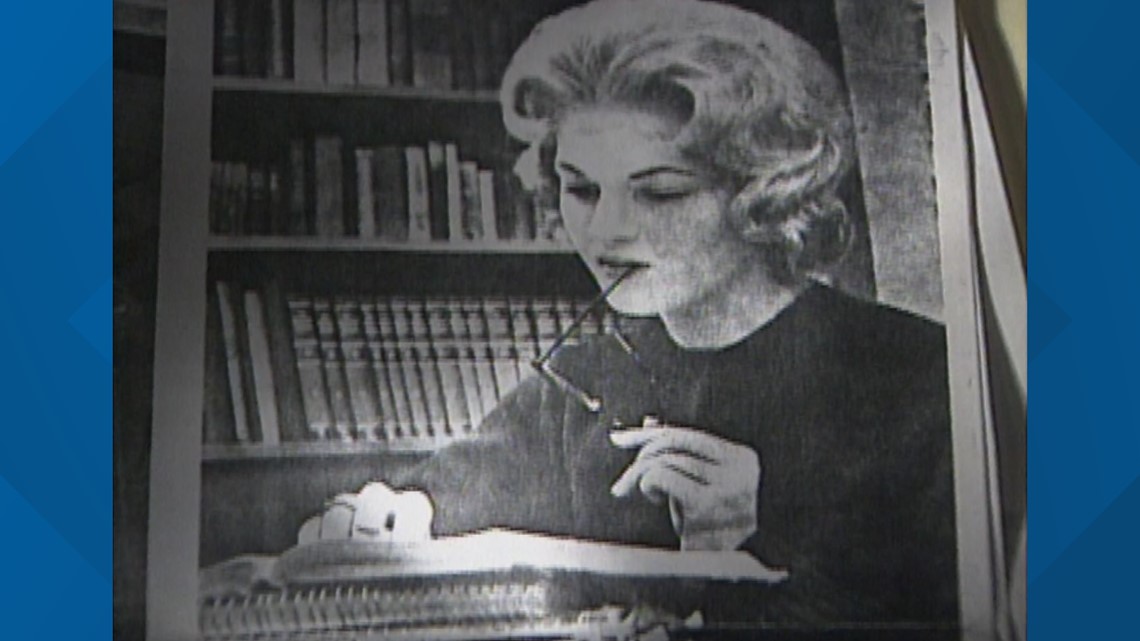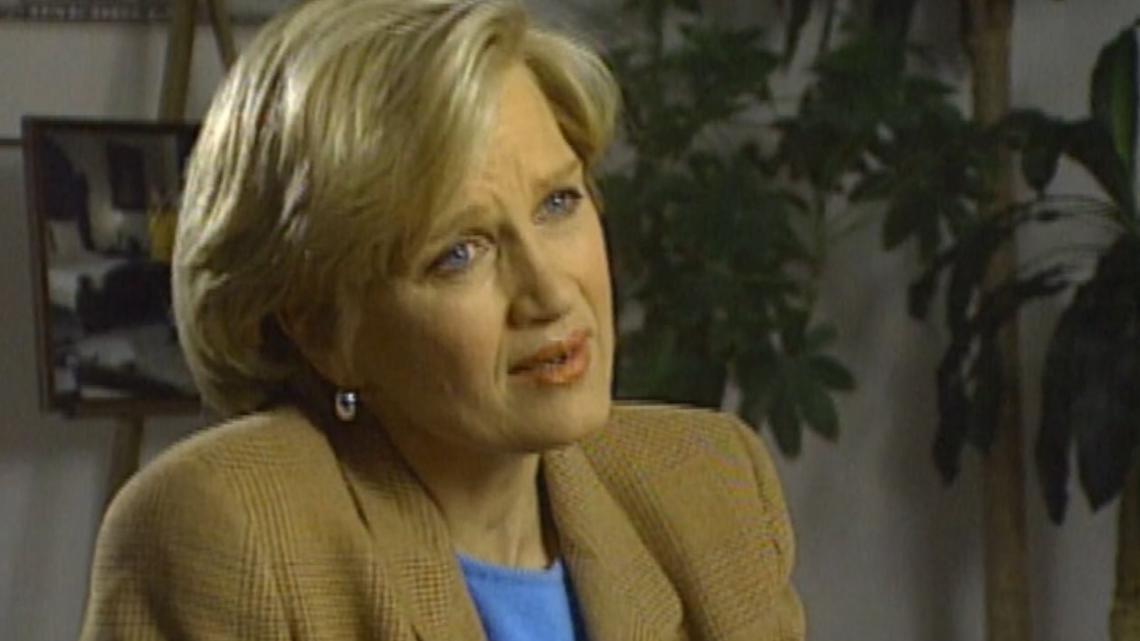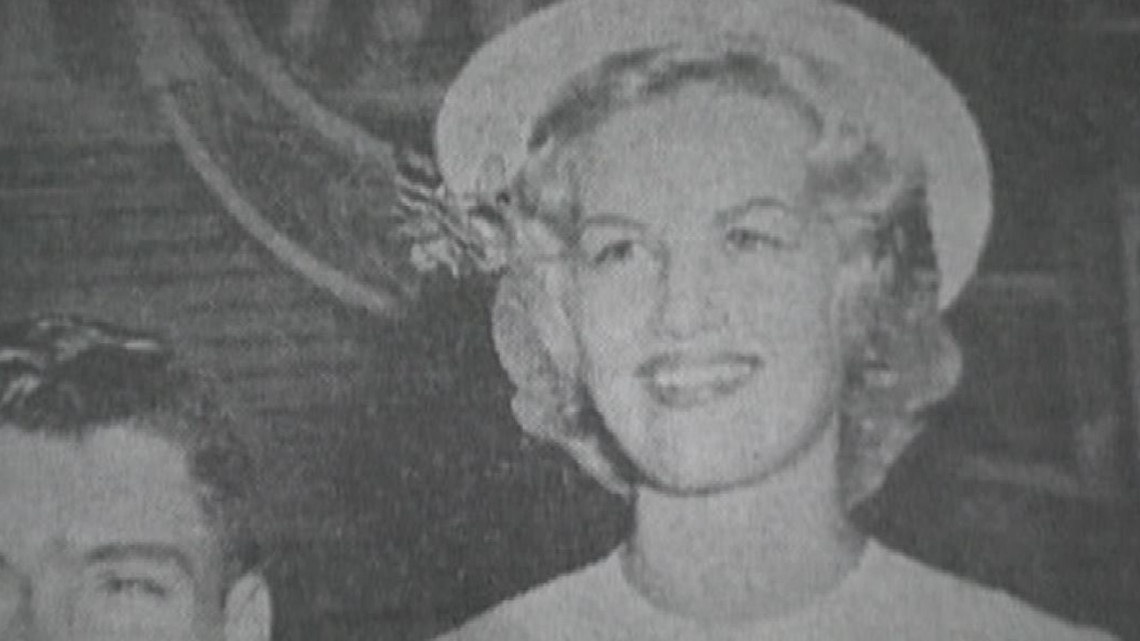LOUISVILLE, Ky. — WHAS11's The Vault revisits an interview with Diane Sawyer and former anchor and reporter Rachel Platt.
By 1993, Diane Sawyer had become one of the most recognized and respected faces in broadcast journalism.
She may be in New York now but folks here in Louisville no Louisville is where it all started.
By her senior year at Seneca High School, Sawyer had been voted most likely to succeed.
Now in her mid-40's, she is succeeding in the Big Apple, but she knows Louisville is at the core of it all.
"I love Louisville. I love it. I loved working there. I loved reporting there. I loved growing up there. It always seemed to be the perfect size town. The perfect combination of North and South. Of the possibility and the reassurance of the familiar."
Her career in news started in Louisville at WLKY doing the weather.
But it wasn't long before sawyer relocated to Washington D.C.
She worked in the Richard Nixon administration as a press aide initially.
Sawyer would later help write Nixon's memoirs after he resigned due to Watergate.


"I really wouldn't have missed any of what I learned there doing the book. Talking to him as wrestled with his life and wrestled with his responsibility for calamity of Watergate."
In 1978, Sawyer went back to news for CBS as political correspondent.
By 1984, Sawyer was a reporter for 60 Minutes but would jump to ABC in 1989 to anchor Primetime Live.
Always looking for that next possibility.
"Some of us are born to bungie jump,” she laughs. “Some of us are risk takers I think by nature and sort of gypsies and like to move on and some don't."
Over her career, one of her most impactful pieces was exposing questions around mammography – women receiving the low energy x-rays but never feeling empowered by providers to ask questions and understand the procedure.
"Can I talk to you for a second first or do we have to keep going. I'd like to talk now," she said.
The story resulted in changes to regulations worldwide, Sawyer credits the idea to women in the newsroom.


"Came out of a group of us sitting around saying we get these mammograms and not of us does what we do every day at the office which is ask a question. We just go right in. We go to these machines. We don't know anything."
She also interviewed dangerous international figures including Saddam Hussein.
"Have you ever personally killed someone who opposed you?", she asked.
And also, Fidel Castro.
"I think he is a very Shakespearian character. I think we were able to capture this kind of dark, brooding, poetic once very dangerous and very mysterious man," Sawyer recalled.


While those famous interviews had built-in fascination, Sawyer admitted the best ones bring about a revelation in your perspective.
"The ones with people you go in with no expectation of and suddenly they open up a universe to you."
RELATED VIDEO

